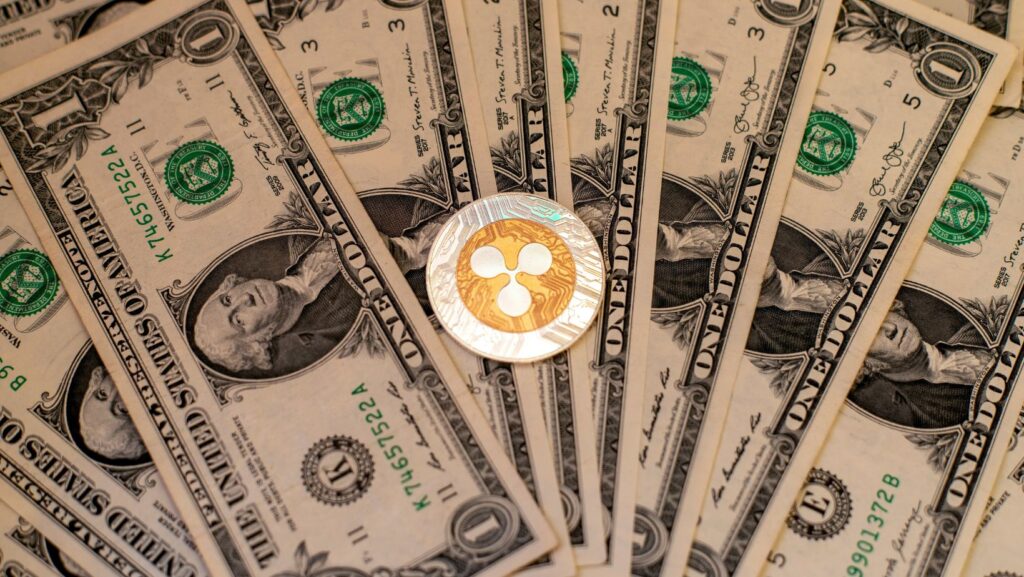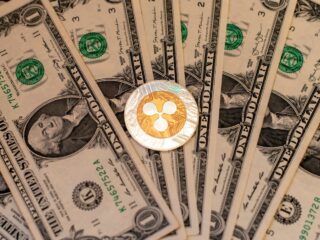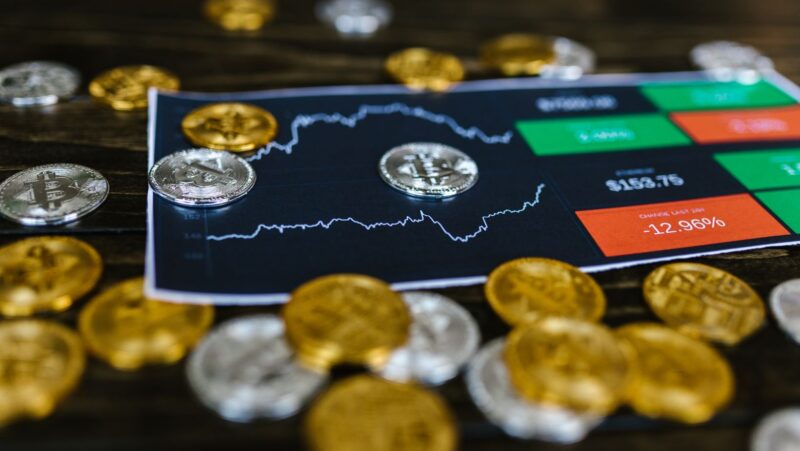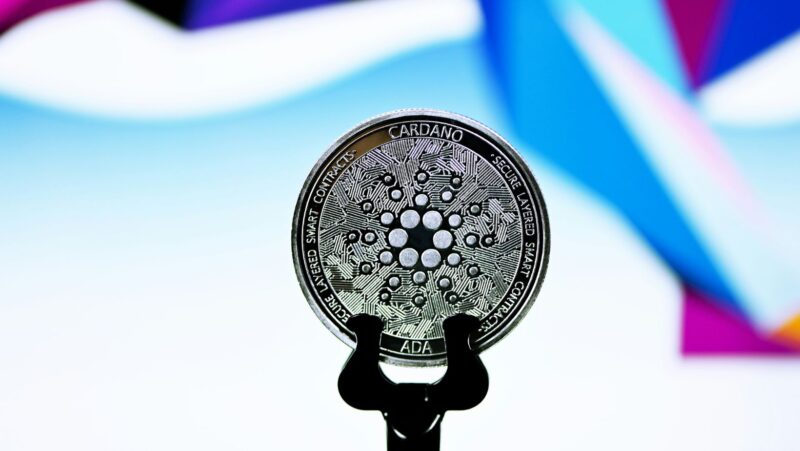
XRP is an innovative digital coin that has started to attract attention from investors, who are interested in adding it to their collection. However, to have a little more light on this project, it is a good idea to know how the idea of this digital coin came to be. Ripple Lab has a lot to do with the creation of XRP. Ripple is a tech and blockchain company that offers fast payment solutions for worldwide businesses.
At the heart of this company is the XRP token, which is primarily used in the remittance landscape. As the price of XRP has begun to skyrocket, this digital coin has also attracted the attention of individuals and global investors, who are diversifying their portfolios with this asset. To be able to have a great experience when investing in XRP, they need to take a look at XRP USD and monitor the price to determine the best moment to start investing.
In this article, we will delve deeper into Ripple Labs and XRP. Please continue reading to learn more.
An overview of Ripple Labs
The beginnings of Ripple Labs started back in 2012, with its creators, Jed McCaleb and Chris Larsen. They had an ambitious vision, as they wanted to create an efficient and fast system to send money internationally. However, Ripple didn’t want to disturb the operations of how banks operate, but instead, they wanted to work along with the bank, and not replace their services. Ripple aimed to improve international payments by enhancing liquidity management.
To enhance bank services, Ripple has begun by identifying the current bottlenecks in the financial landscape. The most visible problem was the slow and expensive process that individuals had to endure in their cross-border transactions. The Ripple concept has proven to be successful, and it could help financial companies, which is why Ripple has expanded its services over the years. RippleNet is a good example of this, a network that enables payment providers and banks to access more efficient ways to send their payments.
With the solution found, Ripple Labs has helped people recognize it as a means to bridge the gap between traditional finance and a digital money revolution enabled by the blockchain solution.
The development of XRP
To be able to make all their goals a reality, Ripple Labs needed to have a digital asset to facilitate transactions and offer quicker and lower-cost money sending. This is how XRP made its way into the world. The XRP network is supported by the XRP Ledger (XRPL), which was specifically designed to enhance the scalability and speed of XRP. Additionally, unlike Bitcoin, which relies on mining —a process with a significant environmental impact —XRP employs a more sustainable approach, thanks to a unique consensus mechanism centered around a network of trusted nodes. Another great advantage of XRP is that it allows fast transactions that can occur in seconds, all of which occur without adding extra fees.
XRP has a total supply of 100 billion XRP, and a total number of this amount was distributed across stakeholders, developers, and early participants who were interested in this crypto project.
What are the special moments from the history of Ripple Labs?

The most important moments that had a positive influence on the evolution of Ripple were the collaboration with different important names from the fintech industry. For example, Ripple was able to partner with Standard Chartered and Santander, where Ripple has helped these companies improve the way they send international money. As well, these collaborations pave the way for XRP to benefit from popularity and be used on a larger scale.
After these early collaborations, Ripple created the RippleNet, which was seen as a global payments network, where financial entities would benefit from real-time settlements. In this scenario, XRP served as a bridge currency. A bridge currency can be used between two parties who don’t share the same currency pair. This solution is vital for the remittance landscape, allowing collaborations among many businesses worldwide. For example, a financial institution wants to send US dollars to the Japanese Yen. In this scenario, XRP crypto would represent a vital intermediary asset that could facilitate the exchange between assets.
As a result, XRP diminished the need to open financial accounts in many countries worldwide.
The challenges that Ripple met on the way
Unfortunately, some challenges have limited the evolution of the XRP token. The biggest one was the lawsuit that the SEC (the US Securities and Exchange Commission) filed against Ripple. The cause was that the SEC argued that Ripple had sold XRP as an unregistered security.
Ripple defended by saying that XRP was a digital coin, and not a security. Unfortunately, as the crypto landscape lacks a clear framework, this lawsuit continued for many years, overshadowing the potential for broader adoption of this digital coin.
In 2025, there appears to be a glimmer of hope for the lawsuit between SEC and Ripple. After five years of negotiations, the case was closed on August 7, 2025, with the final result being that XRP is not a security when it is sold on exchanges. Then, a clear framework was created for when crypto sales are under securities offerings, and a $125 million fine was imposed on the Ripple company.
Conclusion
XRP is an innovative digital currency, particularly as it streamlines transactions in the remittance landscape. This is why it has become one of the most important digital coins worldwide. Additionally, now, XRP has started to see better adoption, and in the future, it can increase its market cap even more.












